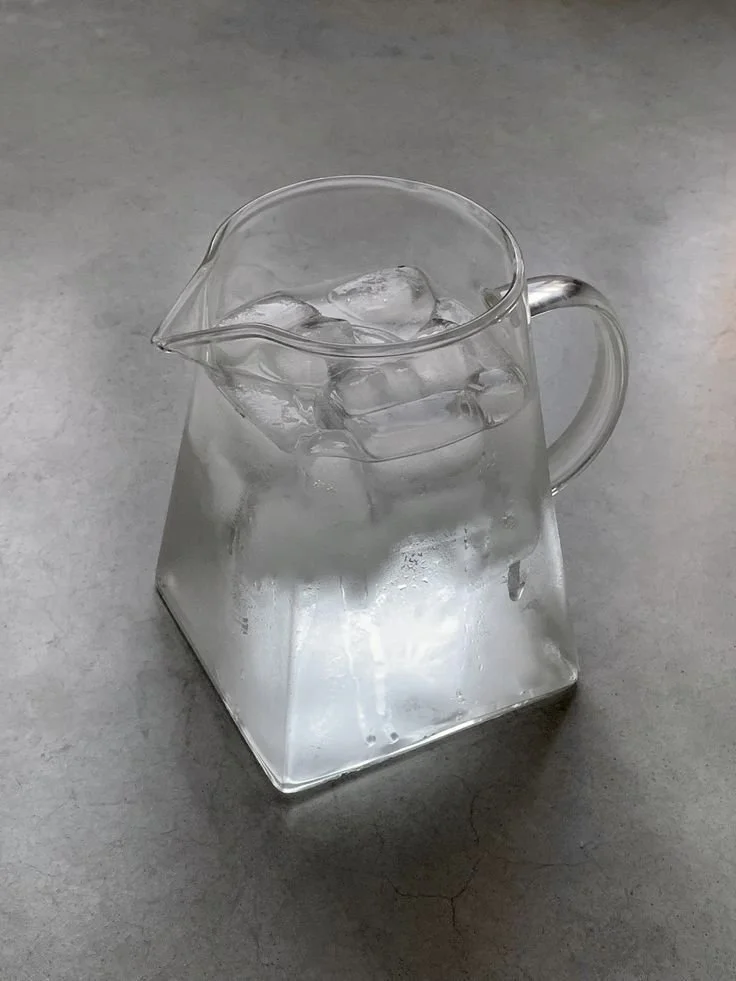Addiction recovery can be a positive journey toward evolution. While it is often ladened with challenges that require careful guidance, it is a necessary path toward self-transformation and awareness. Admittedly, the path is not entirely smooth and problem-free; it takes determination and personal resolve to face these challenges head-on to achieve desirable outcomes.
Statistics from American Addiction Centers state that 71% of people who struggle with addiction are in recovery and learning to free themselves from harmful habits. So, it is safe to say that many individuals today have chosen to make a positive change in their lives and free themselves from this debilitating disorder.
All this to say, if you are or know someone who is struggling with addiction, you are not alone. There are many helpful resources available to you and those you care about, and you can overcome any challenges with proper guidance and support.
Despite these challenges, advocates and organizations continue to work tirelessly to raise awareness about addiction recovery and support those in need. By amplifying diverse voices, challenging stigma, and advocating for better resources, we can overcome these obstacles and create a more compassionate and informed society for individuals in recovery.
In this article, we discuss some of the challenges of addiction recovery to better understand how to approach them and be equipped with the tools necessary to make a positive impact on those dealing with an addiction.
No. 1
Withdrawal symptoms and cravings
When the body gets used to a substance for a long time, it reaches a point where a dependency is built. In this process, the brain tricks the body into believing that the substance is vital to function normally. It will be difficult to disassociate with the substance at this point since physiologically, the body will display signs of need through cravings or adverse reactions if the substance is withheld for a prolonged period.
As a result of this dependency, individuals may face uncomfortable withdrawal symptoms and associated cravings on their path to addiction recovery. This stems from the mind-brain response and is a major challenge that will be encountered.
In addition, experts say that depending on the severity of the addiction, withdrawal symptoms vary greatly. Withdrawal signs usually involve a combination of symptoms ranging from headaches to tremors, insomnia, nausea, and physical discomfort. Some people may also experience psychological symptoms such as depression, anxiety, and even hallucinations.
Withdrawal symptoms result from the absence of the substance the body has grown accustomed to as it readjusts to the new normal. This stage requires a lot of determination and self-denial to avoid giving in to the physical urges and resuming an addiction that a person knows they must escape.
No. 2
Reintegrating into daily life
Maintaining sobriety and reintegrating into daily life can be challenging in addiction recovery. The risks of resuming old habits are extremely high when a person returns to familiar environments and routines.
When recovering from an addiction and considering options like an outpatient drug rehab program, an individual must make it a point to factor in their daily routine to help achieve the best outcomes. Avoiding potential triggers or environments will aid in recovery.
Outpatient drug rehab programs come with certain flexibilities that allow individuals to receive treatment while balancing their daily responsibilities. However, being mindful of the individual’s home environment is crucial in making progress and ensuring that treatment at an outpatient facility is not hindered.
To achieve a successful recovery, it’s best to know the unique challenges regarding reintegration to identify and resist possible triggers and get the most out of the outpatient program. Ideally, strong support systems and coping mechanisms help build that commitment to recovery and long-term sobriety.
No. 3
Addressing underlying problems
Many reasons account for why some people use addictive substances. It could be trauma, mental health issues, or unresolved past experiences. As the list goes on, knowing what an individual’s specific underlying reasons are can be a real challenge and prove detrimental to their addiction recovery journey if not properly addressed.
Avoiding the underlying conditions can be likened to treating the symptoms of a medical condition instead of the disease itself. Identifying the root causes can positively influence the outcomes of a person’s recovery.
On the other hand, ignoring root causes increases the risk of relapse and prolongs treatment. For this reason, an experienced mental health professional will come in handy to help someone struggling with addiction rebuild their life.
Takeaways
Getting back on track after substance dependence is possible, but it takes resilience and determination to face these challenges head-on. As you can see, there are many factors to consider when a person is faced with addiction recovery.
Encountering challenges is part of the process, but with the right approach, lasting change can occur by identifying the root cause of the problem. Specifically, enlisting the help of professionals can be fundamental to understanding the individual’s specific needs, thereby decreasing the chances of a relapse and achieving a full recovery.

































